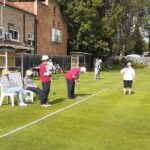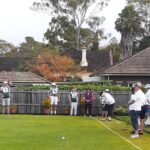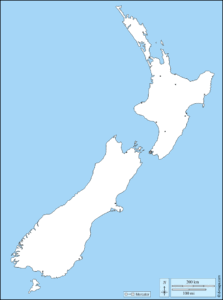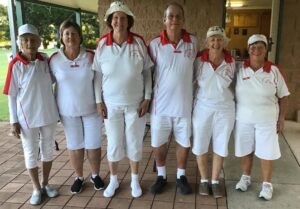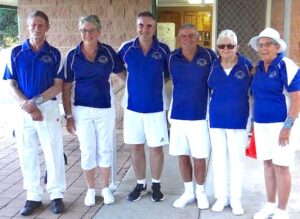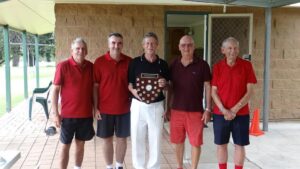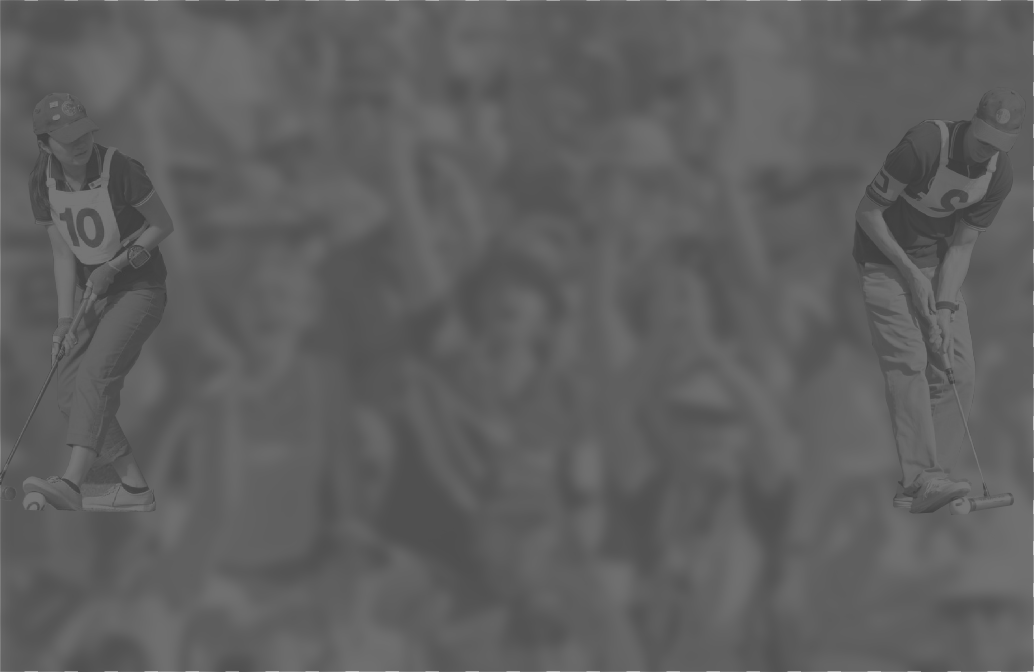 The atmosphere at this inaugural Invitational Challenge on 14th May was electric and positive, especially as the sun shone during all of the games. It lifted our spirits after a week of mounting anxiety over the weather.
The atmosphere at this inaugural Invitational Challenge on 14th May was electric and positive, especially as the sun shone during all of the games. It lifted our spirits after a week of mounting anxiety over the weather.
Strathfield Council employee, Ryan, charged with maintenance of our lawns, did a brilliant job to get the lawn ready, in ways above and beyond the call of duty. Petula Shun was chief organiser, ably assisted by Ann Shaddick and Ruth Bridger. On the day itself, all players participated fully in their playing and refereeing duties, and enabled the day to proceed without a hitch.
In all, there were five Gateball teams, Strathfield, Newcastle, Hazelbrook, Canberra and Toronto. It was the largest gateball gathering to have ever taken place at Strathfield CC.
Notably, this was the first time we had fielded a GB Team made up solely of Strathfield members, without forming a composite team with players from other clubs. At this evolutionary stage of our GB game code in Australia, while we may not be able to field a full team of our own, it is still possible to join another club’s team even at state or interstate level. For example, at the recent National GB Championship in Runaway Bay, Queensland, Petula Shun played for Canberra CC, and Ruth Bridger played for Southport Stripes. Their host clubs were so welcoming and happy to share their knowledge. This resulted in bonds being strengthened between our clubs. What invaluable experiences they brought back to their home club.
The SCC Invitational Gateball Teams Challenge was held to thank those clubs who in very recent years, have continued to support SCC’s Sunday gateball sessions. We will, of course, remain indebted to those other croquet clubs, Eastwood, Epping, Lithgow and Jamberoo, who helped our fledgling SCC gateballers, gain valuable experience as part of the Epstars Team. The clubs invited on Sunday helped carry on that tradition of support to SCC.
Play between teams was very close, and games were heavily fought. As we all know, there is that time in a game when suddenly the opposition runs away with the game. Nevertheless in many games it could have gone either way.
Toronto was the eventual winning team, and it was a well-deserved win.
Many of our recent participants in the club’s first foray into GC Division 3 Pennants volunteered as members of our catering team. It was good to see that inter-game code collaboration. What a splendid display of food was on offer.
The event marks another special occasion in our club’s proud sporting history by not just keeping a newish game code alive, but helping it thrive. To see new players from elsewhere better able to help develop gateball at their own club is also a welcome development.
Thank you all.
Ruth Bridger
On behalf of Strathfield Croquet Club

